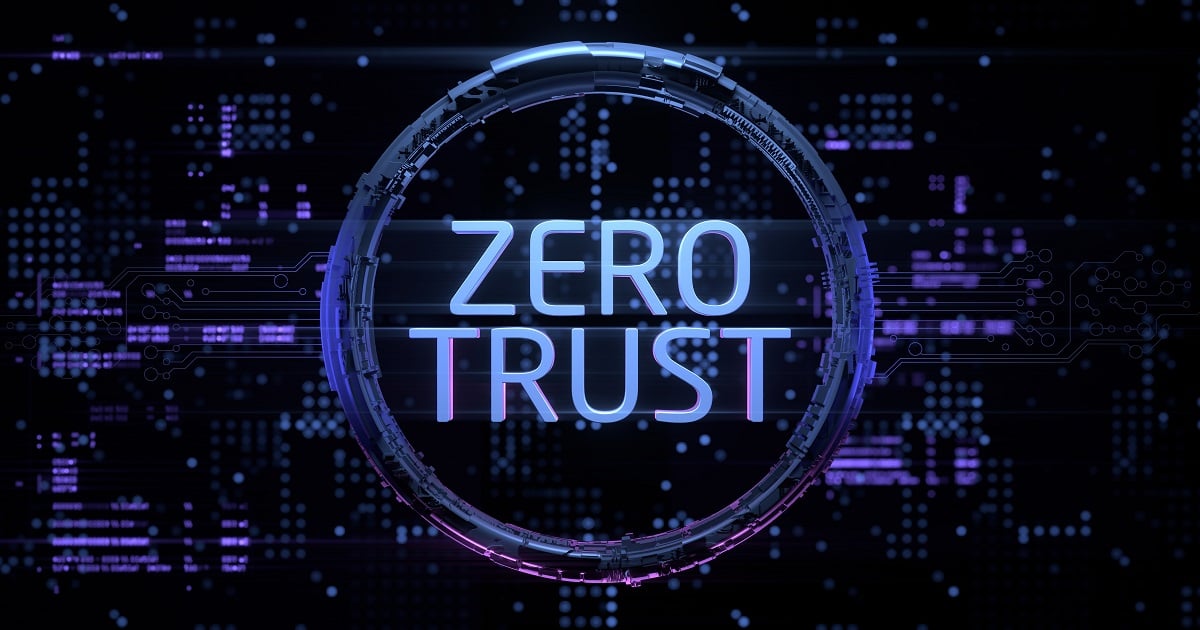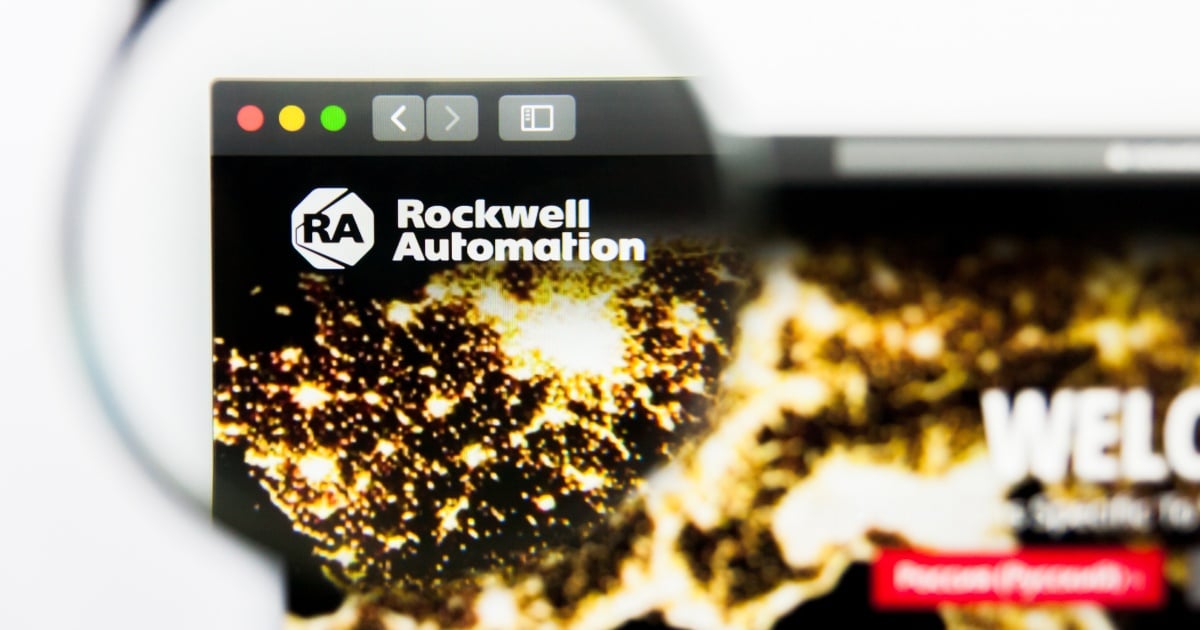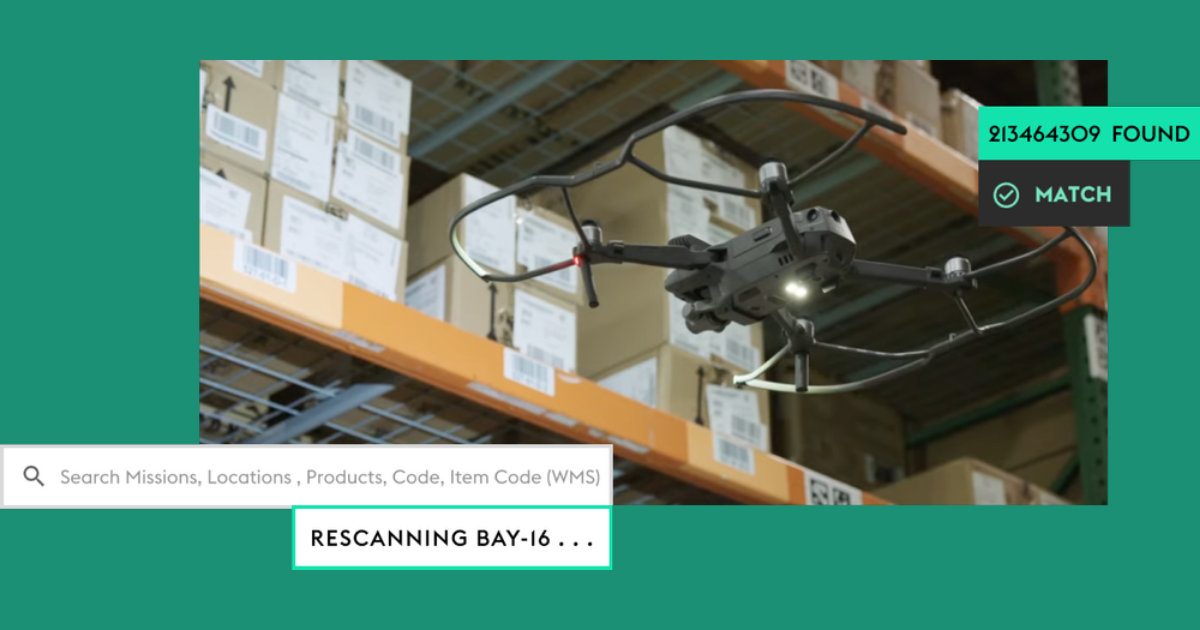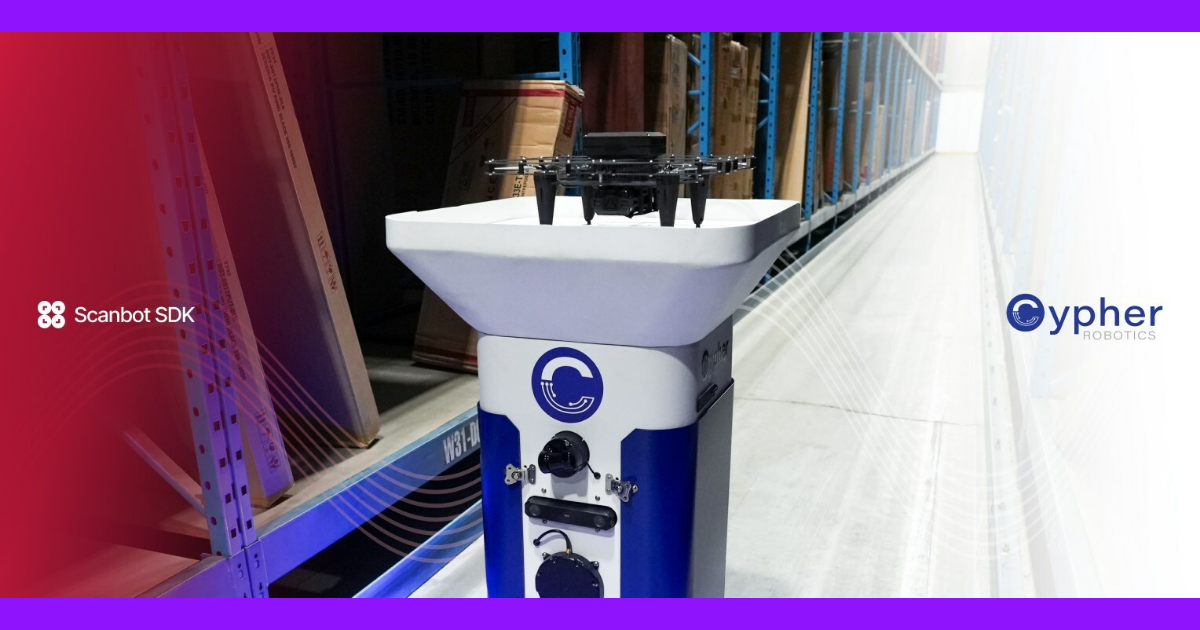
There is an insatiable hunger for connectivity that gets stronger every day, evidenced by the skyrocketing adoption of IoT devices. Cisco forecasts 50 billion devices by 2020, while IHS Markit predicts 125 billion devices by 2030. However, in the race to meet the growing demand for “smart” devices, manufacturers prioritized rapid development over standardization from both an operating system perspective and from a communication and network standpoint.
For IoT to have the transformational impact everyone is imagining, the network must be able to efficiently allow data to transmit quickly and reliably so machines can communicate with one another and report back to those monitoring them. The idea of standardizing communication among connected systems isn’t new. There have been numerous protocols that existed for years under the guise of embedded networking – ZigBee and CAN-BUS being two. None of these networks were ever as pervasive as the Internet of Things (IoT), however, and they were largely proprietary to each company or device.
For example, Amazon Alexa and Apple Home Kit are not only gateways to the internet for the home user, but they’re also a control plane for the all the devices within their purview, including smart light bulbs, appliances, and thermostats, which may all be from different manufacturers. For all of these devices to work together seamlessly for the benefit of users, there is an imperative need for standardization in naming protocols and accessibility.
From the internet infrastructure side of things, the bandwidth and the structures are in place to make both naming and accessing devices simple. But once you move up into the application layer of IoT with these consumer devices, that’s where it gets fast and loose. In terms of IoT, that watershed moment has not happened yet where one organization takes the reins and says, “this is the way it should be and we’re going to build standards around it.”
In his article, The Case For Standardizing IoT,” Daniel Newman noted:
One of the consequences of an unstandardized IoT is that many devices today are not “plug and play” ready. Users must download software and drivers to make them work with their existing technology. If we really want people to get on board with the technology, we need to make it easier to use. The easiest way to do that is to create open source technology and APIs that inventors of IoT devices can use to integrate their products with the billions of others on the planet. If these items use the same “language,” they will be able to talk in ways they—and we—understand. That makes life easier for customers and companies alike.
What we are seeing with IoT is a number of smaller proprietary protocols coming to the internet. In order for IoT to flourish, we will need a protocol around how devices talk to one another. One possible approach leverages DNS naming conventions. This will help ensure a standardized, human-friendly way to connect with IP address-based devices on the network worldwide. With billions more devices hitting the market in the next few years, having the naming structure in place to accommodate the eventual shift toward IPv6 addressing will be paramount to the success of all parts of the internet.
Because connected devices involve a high volume of data and ever-changing traffic, DNS already plays a pivotal role in how they operate. DNS infrastructure is a vital component of internet functionality and availability and is the de facto standard for discovering devices connecting to the network.
DNS is also the gateway for these connected devices, which require rapid compute and transmission of data. In the case of transportation, connected vehicles must make computations quickly, so that hazard notifications or a change in speed happen nearly instantaneously. A smart Tesla driving in the center of the city can’t experience downtime or the passenger and the public nearby are at risk. For this reason, it’s essential that connected devices are equipped with next generation DNS capable of handling the varying data volume and providing an “always on” application.
The advent and expansion of IoT in all forms will merely add to volume of traffic, making DNS even more vital in these environments. Final decisions on naming protocol may be incumbent upon the regulatory bodies (IETF / ICANN) that preside over the internet as it stands today, but using DNS naming conventions will go a long way toward meeting goals for standardization.
About the author: Carl J. Levine is the senior technical evangelist for NS1. He is a marketer, technologist and startup enthusiastic team leader. A veteran of the Internet Infrastructure space, he has two decades of experience with startups, networking protocols and Internet infrastructure. He is available at [email protected].
Edited by
Ken Briodagh





